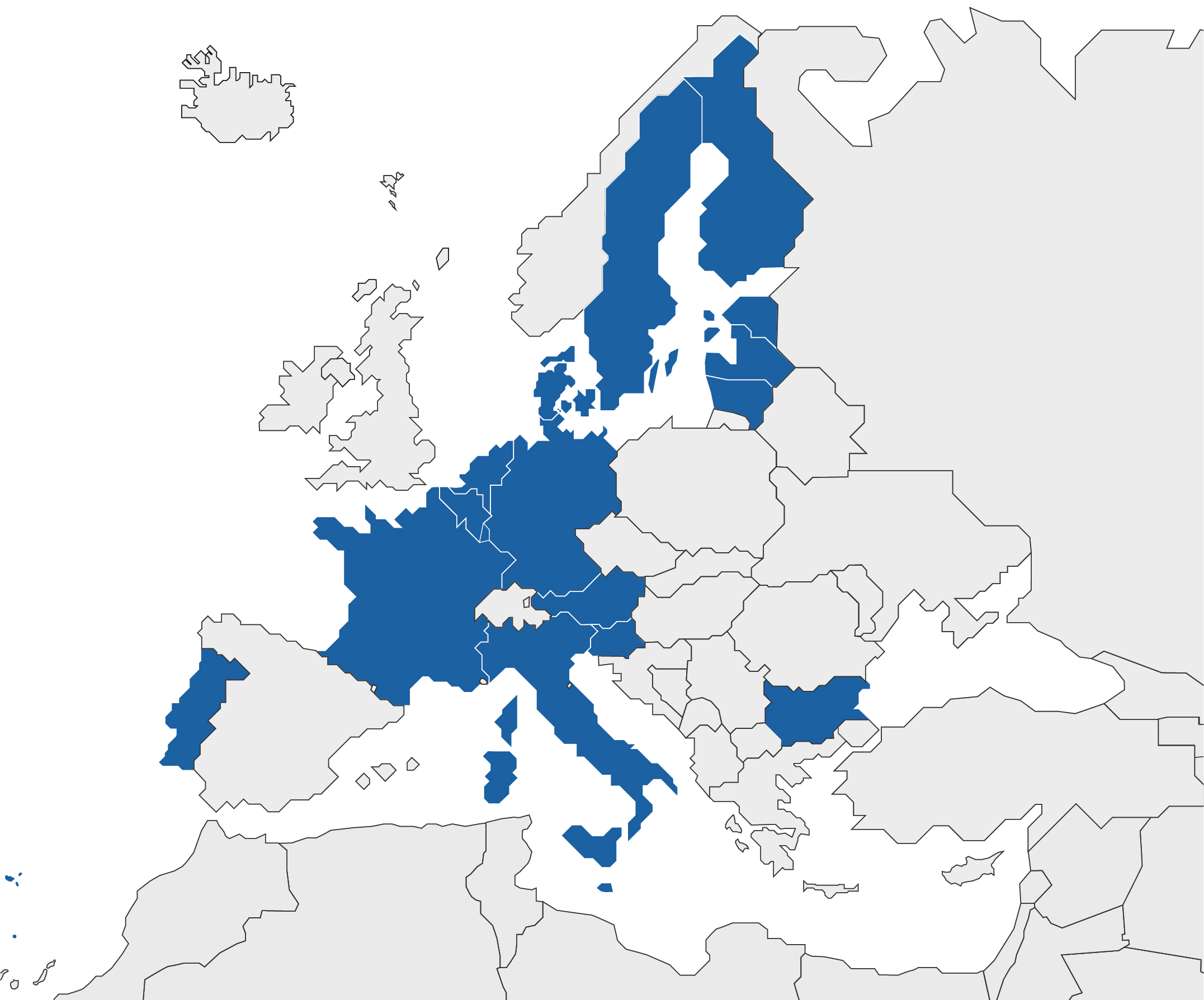It is possible to obtain an EU Trade Mark and an EU Registered Design both of which are a single right which provides protection for owners against infringement anywhere in the EU.
For over 50 years, the EU has been trying to establish an equivalent EU patent. However, political agreement between all of the EU member states has proved impossible. Rather than give up, the EU member states who want an EU patent have come together and created a compromise, a half-way house if you will, called the Unitary Patent. This new patent is called a Unitary Patent rather than an EU patent as it will only cover a subset of the member states of the EU.
The UK had been involved in developing the Unitary Patent, but following Brexit the UK is no longer able to join the Unitary Patent system. UK based applicants will however be able to obtain a Unitary Patent.
The Unitary Patent will exist alongside a European Patent as something related but entirely different at the same time. The current European Patent system is a system for examining and granting patent applications at the European Patent Office (EPO). Once granted, a European Patent becomes a bundle of national patents in countries that are contracting states of the European Patent Convention (EPC); these include both EU member states and non-EU countries including UK, Switzerland, Iceland, Turkey and Norway. Currently, if an applicant wants their European Patent to cover all of these countries, they are required to complete formalities (validation) in each country, which at the very least requires paying an annual renewal fee to the local patent office in each country. So, under the current European Patent system, if you want your European Patent to cover all of the EU member states this means validating the patent in 27 countries and then payment of annual renewal fees to 27 separate patent offices.
With the new Unitary Patent system, an applicant will have the choice at the end of the European Patent application process to either turn it into a Unitary Patent (with a single renewal fee) or to continue as a European Patent, validating and renewing in each country that they want the patent to take effect in.
The Unitary Patent is expected to start toward the end of 2022 and will initially commence with approximately 17 EU countries that have ratified the Unified Patent Court Agreement. These include France, Germany, Italy and the Netherlands which, along with the UK, to date have been the most popular countries for validating a European Patent in. For those countries outside of the unitary patent system, there will be no change to the current European Patent validation procedures.
For applicants who currently validate their European Patent in a large number of EU states, the new Unitary Patent system offers significant opportunities for cost savings. For applicants, who only validate their European Patent in two or three EU member states however, it may be less attractive as the renewal costs for a Unitary Patent will be higher. This is because although the Unitary Patent has a single annual renewal fee, it is set to be equivalent to the total of the annual renewal fees for the four most popular validation countries (France, Germany, Italy and the Netherlands).
The Unitary Patent is accompanied by a new court called the Unified Patent Court which we will discuss in a following post.

